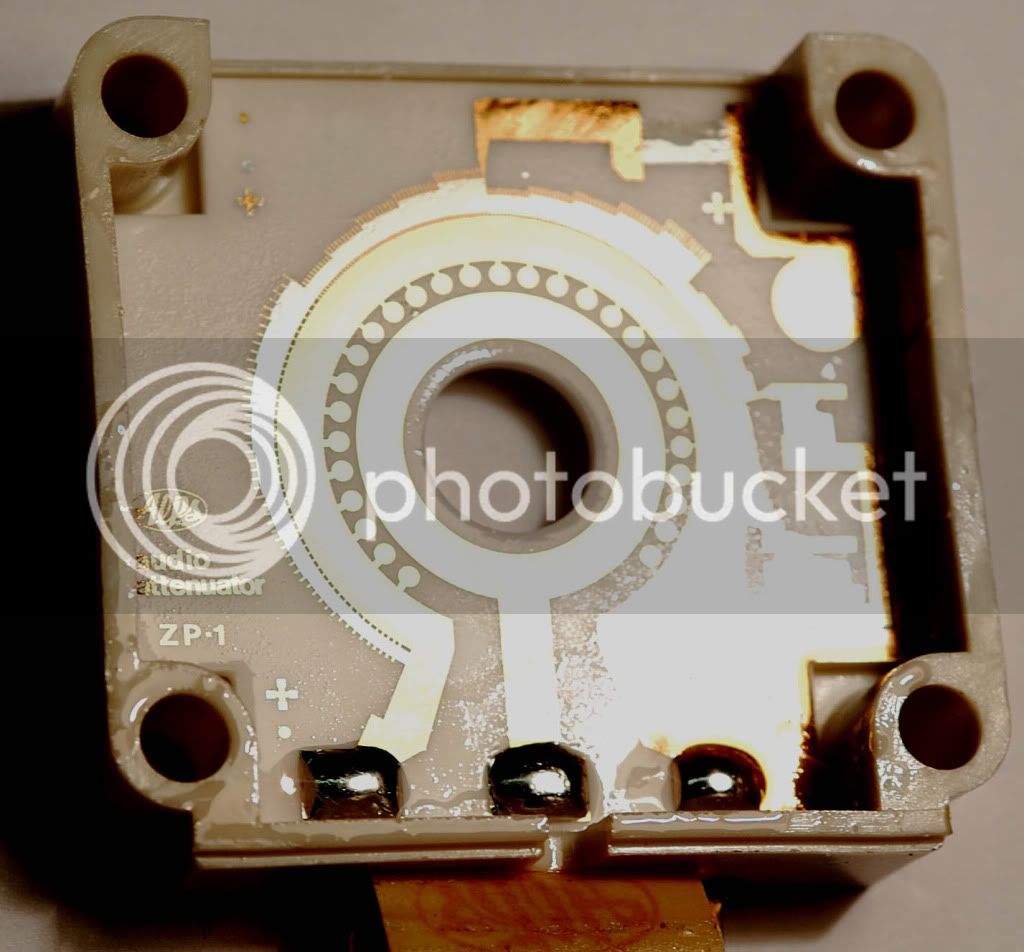Jean Clochet
Well-known member
sahib said:Its got its own place. But the biggest advantage is that you can generate thousands of watts without melting your object as it would be the case with film/tv lighting.
That's true. I'm just not good enough to get exposure right without taking a zillion spotmeter measurements with all lights blazing though
Besides, I've never been that efficient - I run my power amps hot and in class A too if I can
sahib said:Funny you mentioned Russian stuff. I took this with my old Hasselblad copy Kiev.
That's cool ;D Looks nice. I don't have a Kiev Hasselblad copy (Kiev-88?) but I do have an early Kiev-2 on its way from the Ukraine and I've had a Kiev-4 for a good while. I also have more Zorki's and Feds than I dare to admit to! :-[
Your shots are nice, good job! I especially like the football, thanks for posting.
I don't have anything on hand on this drive except family stuff and I generally only have time these days for quick shots using sunny-16... More like sunny-11 here in the UK though!
Marik's link for the cheap DIY light tent is the right ticket for us DIYers. For a slightly more robust (and slightly more expensive) version, and maybe a bit bigger for bigger subjects?, there's something similar using PVC piping on youtube:
http://www.youtube.com/watch?v=mNxBGXTbdXE&feature=related
I've built a few stands and 2 soft boxes using the same stuff for not much £ - I ended up filling the bottom pipes with sand for a bit of ballast though.
Cheers.



